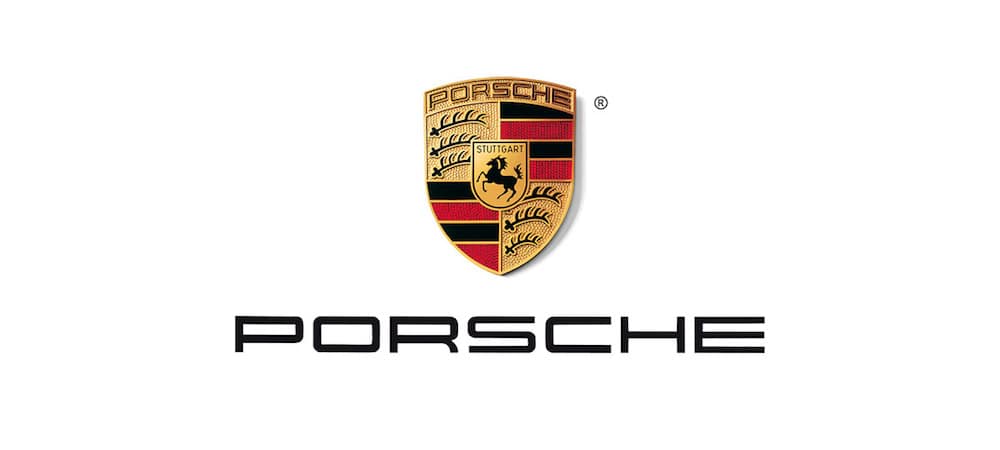Choosing between open carrier auto shipping and enclosed carrier auto shipping is a crucial decision when it comes to transporting your vehicle. Each option has its own advantages and considerations, and the best choice depends on your specific needs, budget, and the level of protection you require for your vehicle. Let’s explore the key differences and factors to consider for both open and enclosed carrier auto shipping.
**Open Carrier Auto Shipping:**
**Advantages:**
1. **Cost-Effective:** Open carrier shipping is typically more affordable than enclosed carrier shipping. This makes it a popular choice for standard vehicles and those with tighter budgets.
2. **Faster Pickup:** Due to the prevalence of open carriers, they are often readily available, leading to faster pickup and delivery times compared to enclosed carriers.
3. **Visibility:** Open carriers offer visibility, allowing you to see your vehicle during transport. This can provide peace of mind for some customers.
**Considerations:**
1. **Exposure to Elements:** Vehicles transported on open carriers are exposed to the elements, including weather conditions, dust, and road debris. While modern open carriers have safety measures to mitigate these risks, it’s still a consideration.
2. **Limited Protection:** While open carriers have sturdy structures to prevent most damage, they don’t offer the same level of protection as enclosed carriers.
**Enclosed Carrier Auto Shipping:**
**Advantages:**
1. **Superior Protection:** Enclosed carriers provide the highest level of protection for your vehicle. They shield your car from weather elements, road debris, and potential damage during transit.
2. **Ideal for Specialty Vehicles:** If you own a luxury car, classic vehicle, or any high-value automobile, enclosed carrier shipping is the recommended option. It’s also suitable for show cars, rare vehicles, or any vehicle where pristine condition matters.
3. **Peace of Mind:** The added security and protection offered by enclosed carriers can give you peace of mind, especially if your vehicle is particularly valuable or sentimental.
**Considerations:**
1. **Higher Cost:** The extra protection comes with a higher price tag. Enclosed carrier shipping is generally more expensive than open carrier shipping.
2. **Limited Availability:** Enclosed carriers might have fewer units available compared to open carriers, potentially leading to longer lead times for booking.
**Which Option is Best for You?**
The choice between open and enclosed carrier shipping depends on your individual circumstances. If your vehicle is a standard car, you’re on a budget, and you’re comfortable with the exposure to elements, open carrier shipping can be a suitable choice. On the other hand, if your vehicle is valuable, delicate, or requires the highest level of protection, enclosed carrier shipping is the better option.
Ultimately, it’s essential to assess your priorities, budget, and the value you place on your vehicle’s condition during transport. Consulting with a reputable car shipping company like Metti International (https://mettiintl.com/) can also help you make an informed decision based on your specific needs.

















